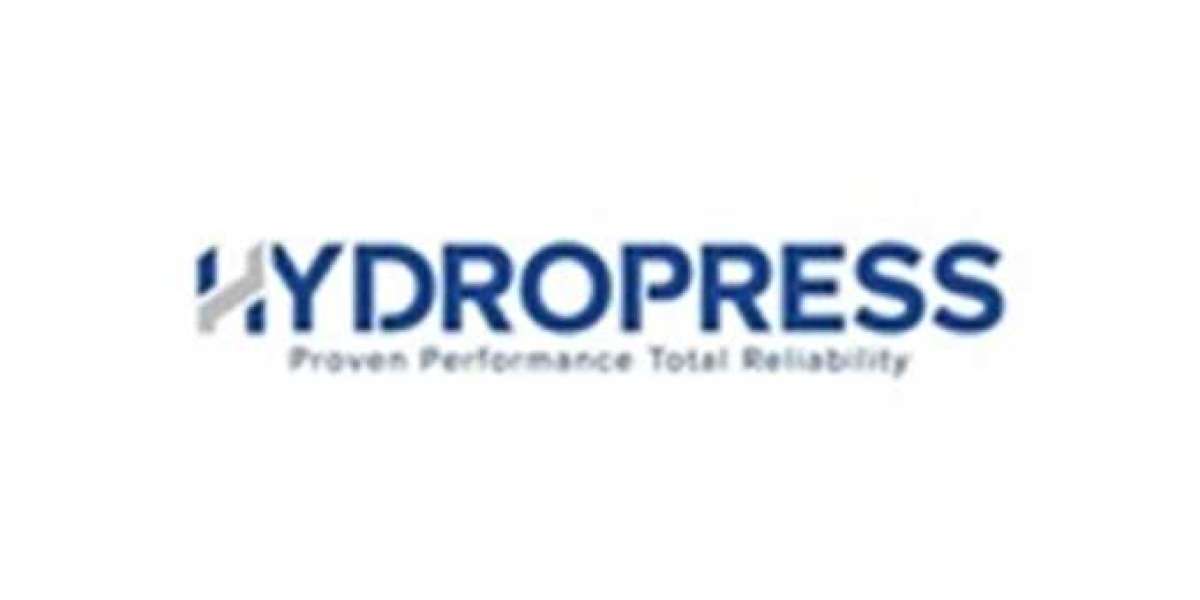The global automotive market has become increasingly interconnected, prompting many countries to explore trade opportunities with their neighbors and beyond. For Russia, imports from China have surged over the past decade, especially in the automotive sector. Chinese cars are known for their affordability and an expanding range of features, making them appealing to the Russian consumer. However, navigating the complex landscape of import regulations is crucial for both individual buyers and businesses looking to import vehicles from China into Russia. This article outlines key considerations and regulations to facilitate the smooth importation of cars from China to Russia.
Understanding the Regulatory Framework
The first step in navigating the Car Import From China to Russia process is understanding the legal landscape regulating vehicle imports in Russia. The regulations are governed by both national laws and international trade agreements. Under the Eurasian Economic Union (EAEU) rules, which include Russia, Belarus, and Kazakhstan, there are specific guidelines regarding vehicle type approvals, safety standards, emissions, and customs duties. Additionally, the Russian government imposes tariffs on imported vehicles, which can range significantly depending on the vehicle’s age, engine capacity, and other criteria. Understanding these frameworks is essential for importers to determine the total cost of importing a vehicle and compliance with local standards.
Vehicle Homologation and Compliance Standards
Homologation refers to the process of certifying that a vehicle meets the necessary regulations for safety and environmental standards in the country of import. In Russia, this process is critical for ensuring that imported cars comply with the technical regulations established by the EAEU. Vehicles must undergo testing and certification, addressing aspects such as vehicle design, fuel efficiency, emissions, and safety features. Importers should engage with authorized organizations that can assist in vehicle homologation to ensure that the cars meet all necessary compliance standards prior to shipment.
Custom Duties and Taxes
One of the most significant costs associated with importing a car from China to Russia is the customs duty. This tax is typically calculated based on the customs value of the vehicle, which includes the purchase price, shipping costs, and insurance. As of recent updates, the customs duty rate varies based on the vehicle’s category — new or used, as well as its cubic capacity. Aside from customs duties, importers must also consider the Value Added Tax (VAT), which is charged on the total value of the vehicle after customs duties are applied. It is advisable to consult with a customs broker or a specialist in foreign trade to accurately calculate the taxes and duties required.
Documentation Requirements
Importing a car from China to Russia necessitates comprehensive documentation to ensure compliance with local laws. Essential documents typically include the following: a commercial invoice, bill of lading, customs declaration, vehicle registration documents from the country of origin, and homologation certificates. Import permits may also be required, particularly if the vehicle is being imported for commercial purposes. Having these documents ready can prevent delays at customs and facilitate a smoother import process. Importers should also keep abreast of any changes in documentation requirements as regulations evolve over time.
Shipping and Logistics Considerations
Efficient shipping and logistics play a crucial role in the car import process. Given the geographical distance between China and Russia, transportation logistics must be meticulously planned. Importers should consider the most reliable shipping options, whether via sea or land, factoring in transit times, costs, and potential risks associated with transportation. Working with experienced logistics providers who specialize in international car shipping can help mitigate risks and streamline the process. Moreover, ensuring that appropriate insurance coverage for the vehicle during transit can offer protection against damage or loss.

Trade Agreements and Tariff Preferences
One aspect that could significantly influence the car importation process is the existence of trade agreements between China and Russia. The two countries have entered into various collaborations aimed at enhancing trade relations, often resulting in preferential treatment for certain products. Importers should be informed of any existing agreements that could benefit their operations, such as reduced tariff rates or simplified import procedures for approved vehicles. Keeping abreast of ongoing negotiations and updates in trade policy can provide importers with valuable insights and opportunities.
Conclusion
Importing cars from China to Russia offers a wealth of opportunities for both consumers and businesses but comes with a myriad of regulations and compliance challenges. Importers must familiarize themselves with the regulatory framework governing vehicle imports, vehicle homologation requirements, customs duties, and necessary documentation. Additionally, careful planning regarding shipping and logistics is essential for a successful import process. By navigating these regulations effectively and utilizing available resources, importers can benefit from the growing Chinese automotive market while adhering to the rules established by Russian authorities. Understanding these complexities will ultimately lead to a smoother and more efficient import experience.











